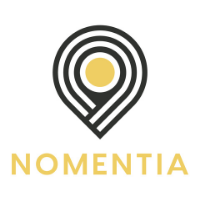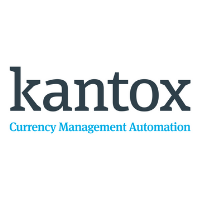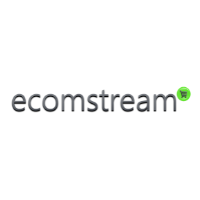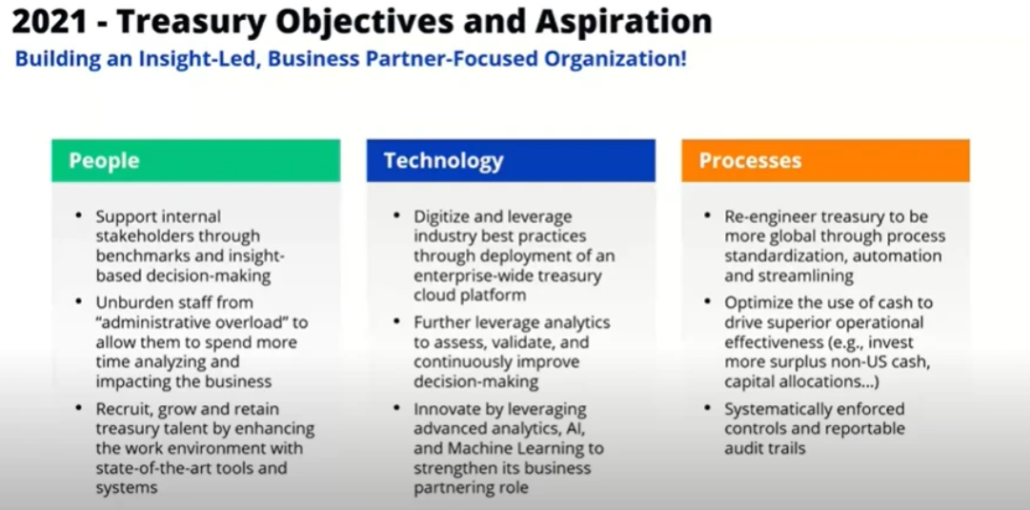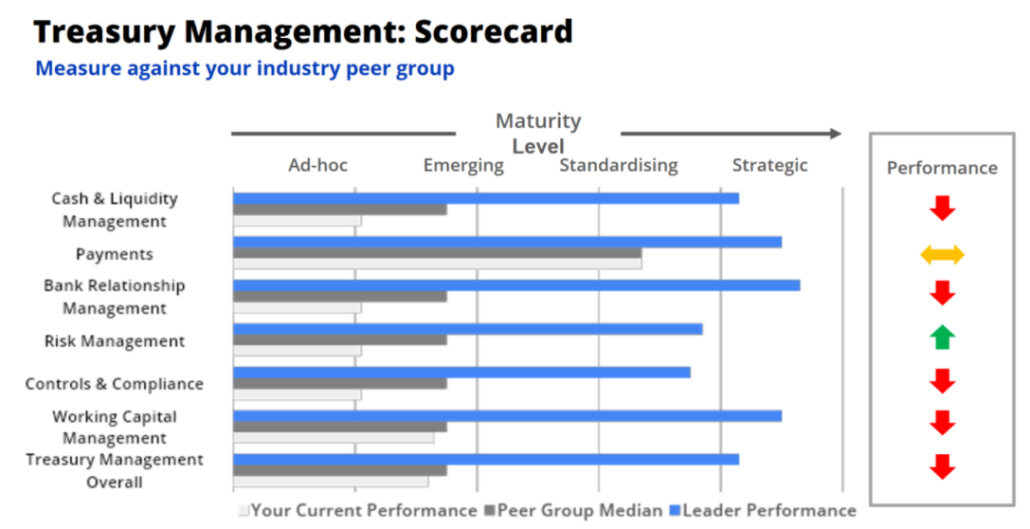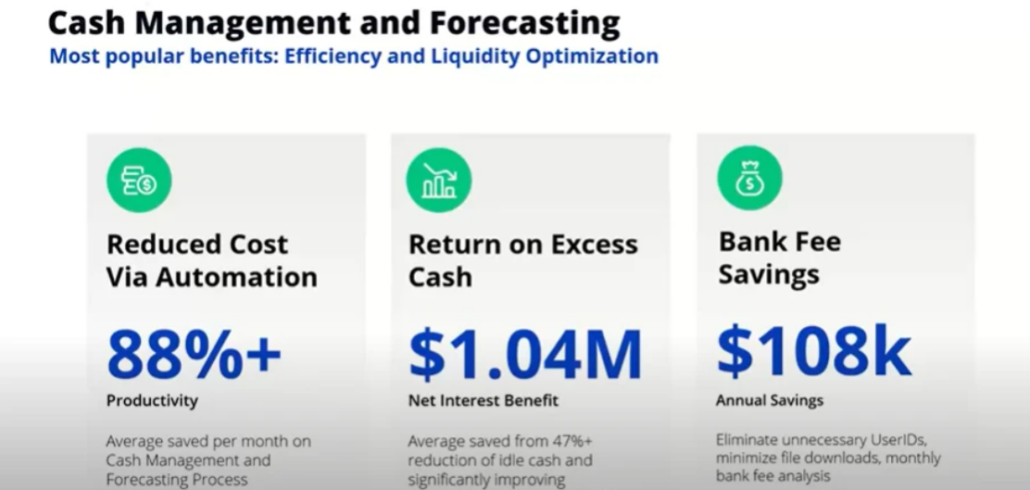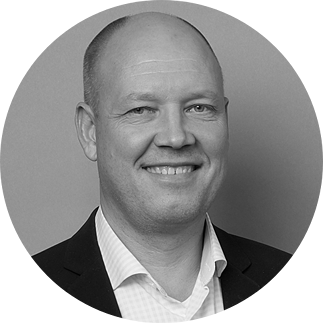Are You Still Thinking About Virtual Accounts or Already Implementing POBO and COBO?
| 04-08-2021 | treasuryXL | Nomentia |
Companies are increasingly focusing on harmonising their banking landscape to obtain better visibility of Cash balances, to mitigate Fraud Risks and to improve automation and security in their treasury processes.
In a world where the next fraud attempt is lurking around every corner, no company wants to create processes with different banks, tokens, and user lists for each of their different local entities. With this harmonisation, companies start to rethink their processes, and this naturally leads to in-house banking, including POBO and COBO. This is because the question soon arises as to why, for example, not all euro payments should be handled from one account, if that were possible within the regulatory context.
Setting up an in-house bank doesn’t happen overnight. It’s the result of several steps taken to centralise an organisation’s cash management. The six steps are:
- Managing corporate bank account structure. You can read more in our bank connectivity guide.
- Harmonising and centralising payment process. It’s also a way to mitigate the risk of payment fraud. You can read more in our payment fraud ebook.
- Streamlining internal payments. This is a logical next step after managing your corporate bank account structure.
- Establishing POBO.
- Establishing COBO.
- Centralising control over financing.
Today we would like to focus on POBO and COBO. They are the ultimate goals of a payments project because they create transparency and make cash management processes more efficient and automated. This sounds great, right? So why, then, aren’t all organisations just setting up POBO and COBO and calling it a day?
Moving from disparate processes, tools and a varied (if you want to be positive) banking landscape to a centralised treasury doesn’t happen easily. Companies might even feel hesitant about implementing on-behalf-of structures because their set-ups are too complicated. That’s an interesting point and I’d like to stress that the more complex a company is in its cash management or enterprise resource planning (ERP) structures, the more they will benefit from an on-behalf-of set-up.
Increased control, transparency, and efficiency
In the POBO model, the subsidiaries process the payment data in their systems according to internally harmonised processes, and the group treasury decides on the most cost-efficient payment method and banking connection. The group treasury is able to centralise cash outflows, which significantly enhances the safety of and control over the payment process.
COBO and POBO make it possible for the group to reach the highest level of independence from banks and maximise cost efficiency.
The benefits of POBO and COBO can be summarised into increased control, transparency, and efficiency. But there are also challenges associated with on-behalf-of structures that need to be evaluated before setting them up.
Where there’s a benefit there’s a challenge
POBO is possible for most payment types, but some are regulated in such a way that they cannot be completed by the on-behalf-of method. This is often related to tax or salary payments. Legal restrictions specific to each country can make it difficult to set up POBO and companies need to assess whether the benefits they will gain are worth the effort. There is no one true answer for all companies; it really depends on the level of complexity they are facing.
Another reason why companies might feel hesitant about implementing POBO is because they use multiple ERP systems. If that is the case, the mere idea of POBO is simply far too complicated. To be honest, when we hear that ‘excuse’ we see it as a challenge, and it makes us happy. Because this then means we can talk about payment factories –especially our payment factory solution. We can create a process that makes it possible for all entities to pay with internal bank accounts as payments-on-behalf-of. I’d even go so far as to say that the more ERP systems a company has, the more benefits it will get from POBO.
When it comes to COBO, the main challenge is that companies are dependent on their buyers to know what to collect from whom. Companies need to retrieve all accounts receivable (AR) information and maintain an overall view of account balances. In some countries that might be relatively easy, as invoices generally have a reference number. But that’s not the case in all countries. It comes back to identifying incoming payments correctly. For example, this can be achieved by matching payments to open invoices. A solution for automatic bank account reconciliation would be able to automatically match incoming payments based on information provided, for example in the message to the right AR account. We took a closer look at the topic in this blog post about how an in-house bank with modern matching solves the COBO challenge.
That said, of course, it’s not an easy task to create on-behalf-of structures, but it’s something that organisations will greatly benefit from if done correctly.


